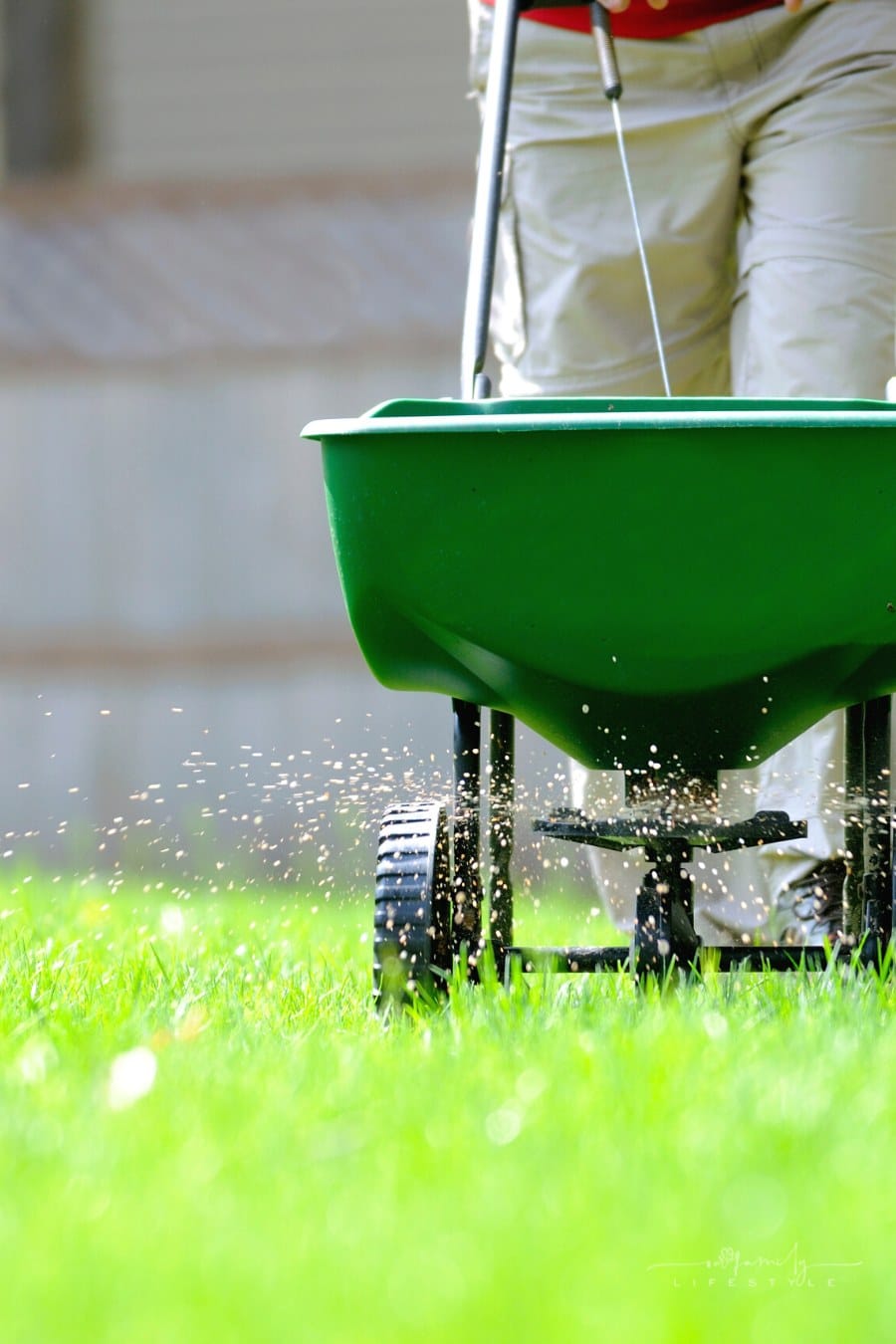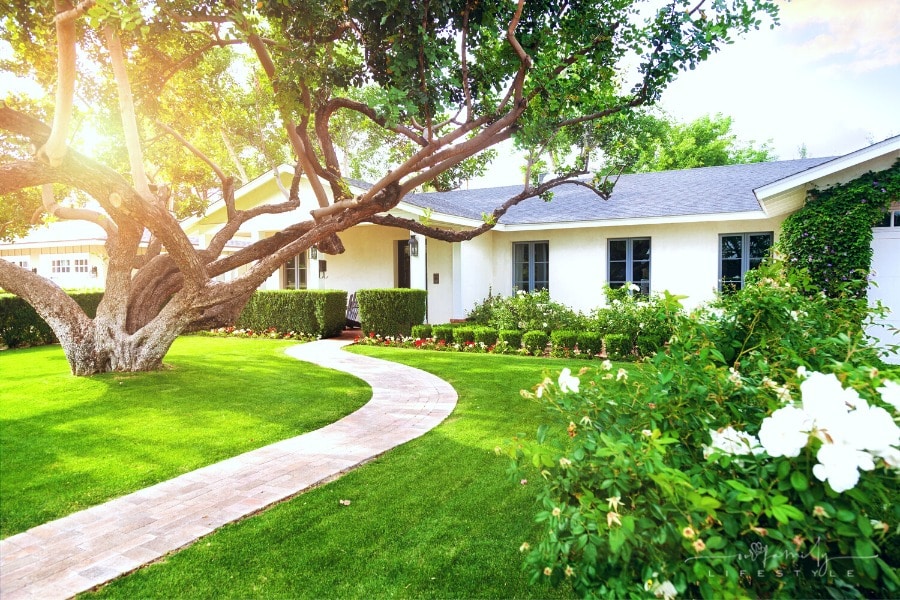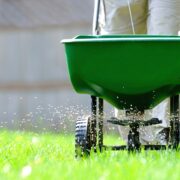You Have Plants And Trees In Your Garden? Here’s How To Nourish Them
If you have plants and trees in your garden, then you need to learn how to nourish them.
Proper nutrition is essential for their growth and development. Fertilizing your plants and trees is one of the best ways to provide them with the nutrients they need to thrive.
In this blog post, we will discuss the different types of fertilizers available and how to use them properly!

Use organic fertilizers
Organic fertilizers are derived from natural sources, such as manure, compost, seaweed extract, and rock dust.
Organic fertilizers are slow to release nutrients into the soil, but they last longer than synthetic fertilizers.
In addition, organic fertilizers often contain trace minerals that can benefit your plants in the long run.
One of the most effective organic fertilizers is compost. Composting can be a great way to provide your plants with the nutrients they need in an affordable and sustainable manner.
However, it’s important to remember that compost should not be applied directly to young or sensitive plants as it may burn their roots.
Consult with a professional
If you’re not sure which type of fertilizer to use, it’s a good idea to consult with a local gardening expert.
They can help you determine the right fertilizer for your plants and trees, as well as provide guidance on how much and how often to apply it.
Namely, a NH tree health expert can help you identify any diseases or pests that may be affecting your trees and provide advice for preventing them in the future.
This is especially important if you’re dealing with specialty or delicate plants, as the wrong fertilizer can cause damage.
Choose the right fertilizer for your plants
Different plants have different nutritional needs, so it’s important to choose a fertilizer that is suited to their specific needs.
For instance, Philodendron Micans, a popular indoor plant, will do best with a fertilizer high in nitrogen and phosphorus.
On the other hand, if you have roses in your garden, they will benefit from a balanced fertilizer that is higher in potassium. This helps promote strong root growth and beautiful blooms.
If you are not sure what type of fertilizer to use, consult with a local garden center or agricultural extension office for advice.
The most common type of fertilizer is a balanced fertilizer, which provides equal amounts of nitrogen, phosphorus, and potassium.
Balanced fertilizers can be used to provide your plants with a broad range of essential nutrients.
Know when to fertilize
Fertilizing should not be done indiscriminately. Too much fertilizer can damage your plants and trees, so you should always follow the instructions on the fertilizer package.
Generally, fertilizer should be applied in early spring and late fall when plants are actively growing.
During hot summer months, fertilizers can cause excessive growth that makes plants more susceptible to disease and insect damage.
Once the fertilizer is applied, it should be watered into the soil to ensure that the nutrients reach the plants’ roots.
Use mulch for added nutrition
Mulching can help retain moisture and suppress weeds in your garden. It can also provide a steady stream of nutrients to your plants over time.
Organic mulches like compost and grass clippings release nutrients slowly, while inorganic mulches like gravel and bark chips don’t provide any nutrition.
Add them to your garden beds to help keep the soil moist and nourish your plants.
You can scatter some around the base of trees and shrubs for additional nutrition as well.
Apply fertilizers properly
Once you have chosen the right fertilizer, it’s important to apply it properly.
Fertilizer should be applied evenly over the soil surface and lightly worked into the top few inches of soil. Be sure not to apply too much fertilizer, as this can burn your plants or trees.
Also, avoid getting fertilizer on the leaves of your plants and trees, as this can cause leaf burn. The exact amount of fertilizer should be applied according to the instructions on the package.
You want to pay attention to the amount of nitrogen, phosphorus, and potassium contained in the fertilizer.
Water your plants after adding fertilizer
When you add fertilizer to your garden, be sure to water it thoroughly. This will help the nutrients reach the roots of your plants, allowing them to absorb them more effectively.
Also, make sure that you water your plants regularly during the hot summer months.
Sometimes, just adding fertilizer isn’t enough; your plants need enough water for the nutrients to be absorbed properly.
If you don’t have an automatic watering system, you may need to water your plants by hand.
Monitor for nutrient deficiencies
It’s important to keep an eye out for signs of nutrient deficiencies in your plants.
If you notice that your plants are not growing as quickly or healthily as they should, then it might be time to re-fertilize with a different type of fertilizer.
For instance, if your plants are exhibiting yellow leaves, it could be a sign of iron deficiency. In that case, you might consider using an iron-based fertilizer to address the problem.
This one simple step can help make sure that your plants get the nutrition they need to thrive.
Providing your plants and trees with the proper nourishment is essential to having a healthy, flourishing garden.
You must ensure that you are using the correct type of fertilizer in appropriate amounts regularly for optimal growth.
With careful attention, undoubtedly you will experience beautiful blooms and robust vegetation throughout your garden in no time!
So don’t forget to give them what they need—your plants will thank you with abundant flowers and foliage!


